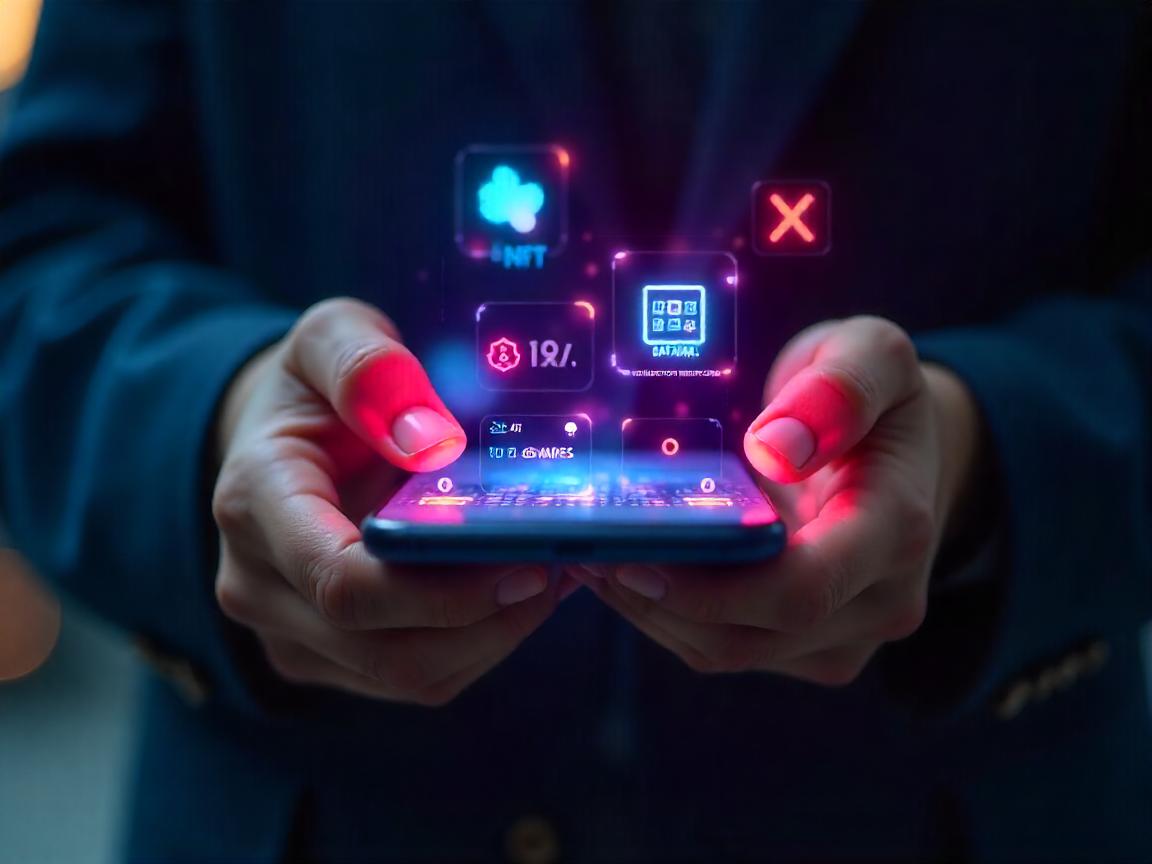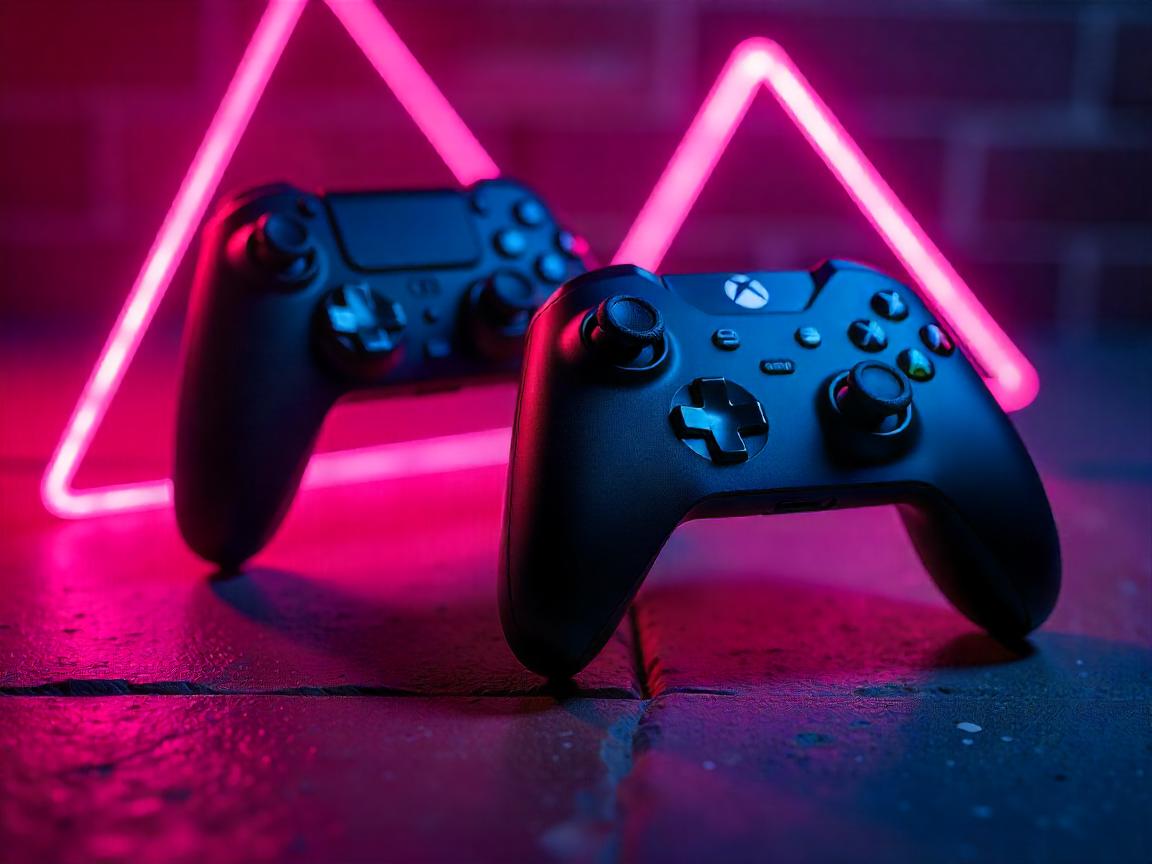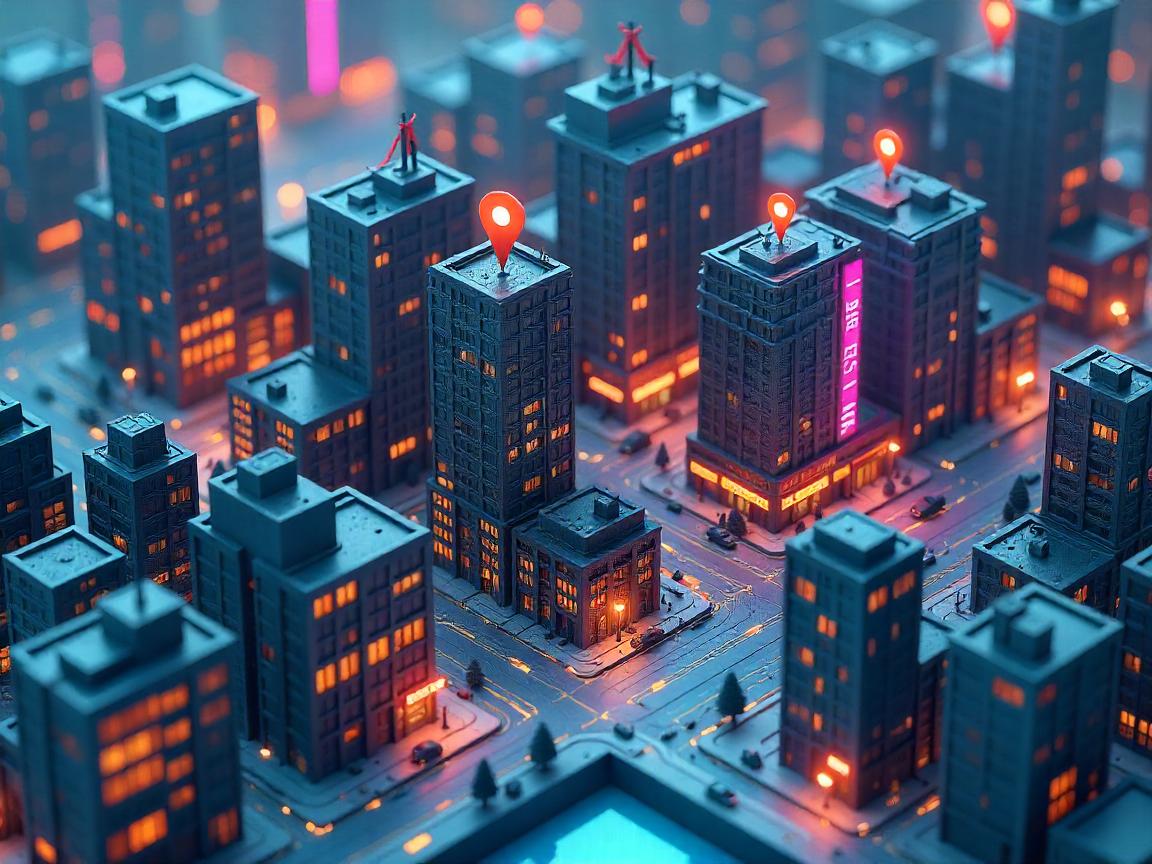From Pixels to Property: Why This Shift Matters
If you’ve ever lost an entire collection of epic loot when a game server shut down, you know the sting. For years, in-game assets have been shackled to a closed system—no transferability, no resale value, and no real ownership. You spent hours grinding, investing real cash into skins, characters, and power-ups that, in the end, were never truly yours.
Blockchain is flipping the script. With decentralized technology and token-based economics, players are gaining unprecedented control over their digital possessions. This isn’t just a tech trend—it’s a paradigm shift redefining how we engage with virtual economies.
The Illusion of Ownership in Traditional Gaming
In most mainstream games, ownership is little more than an illusion. You might grind for days, drop real money on premium loot boxes, or win a rare item in a high-stakes match—but when it comes to who actually owns that digital gear, it’s not you. The game publisher holds the keys. What you’re granted is limited access, not true ownership.
Game developers and publishers maintain total control over the game environment, including its digital economy. This means that the weapons, skins, currencies, or characters you acquire exist entirely within the bounds of a centralized ecosystem. If the publisher decides to change a mechanic, reset player progress, or shut down the game altogether, your entire digital inventory can vanish overnight.
Here’s what traditional gaming systems typically involve:
- Centralized servers control everything: All game logic, asset inventories, and transaction records are stored on a centralized backend infrastructure. If that server goes offline or gets hacked, players could lose access to their assets instantly.
- Players lease, not own: You’re effectively renting your digital goods. Whether it’s a sniper rifle skin or a level 70 character build, those assets exist on your account at the discretion of the publisher. They can ban your account, revoke access, or wipe your items with a click—often without recourse.
- Resale and trading are prohibited: Most games strictly forbid peer-to-peer item exchanges, especially when real money is involved. Trading, selling, or even gifting assets often violates the game’s terms of service, leading to account suspension or bans.
- No permanence, no security: When game economies reset (think seasonal wipes, major updates, or sequels), your hard-earned progress becomes obsolete. And if the company sunsets the game? Everything disappears with it—no refunds, no transfers, no backups.
This results in a fragile, closed economy where the value of your time, effort, and spending is locked away in someone else’s vault. It’s a system that benefits publishers through monetization, but leaves players without long-term security or return on investment.
This is precisely where blockchain enters the conversation—not as a buzzword, but as a technological solution to a very real problem. And for gamers, it’s the beginning of a new chapter where digital effort can translate to tangible, transferable value.

Blockchain: Bringing Real Ownership to Virtual Assets
Enter blockchain technology—the game-changer that’s redefining how we think about digital assets in gaming. At its core, blockchain enables something traditional game systems can’t: true ownership. Through the use of non-fungible tokens (NFTs), blockchain lets players not just use their in-game items—but own them.
Unlike traditional digital items stored on company-controlled servers, blockchain-based game assets live on decentralized ledgers. Each item exists as a unique, verifiable token tied to a player’s crypto wallet, not their game account. That’s a seismic shift in how virtual economies operate.
These NFTs aren’t just lines of code—they’re cryptographically secure digital goods with a transparent and traceable transaction history. Whether it’s a skin, weapon, plot of land, or digital pet, the asset is entirely yours, outside the control of any one publisher.
The benefits of this shift are massive:
- Ownership is on-chain: Instead of being tied to a game server, your item is linked to your blockchain wallet. That means you own it independently of the game—no bans, no revokes, no lost inventories. It’s your item, period.
- Provable uniqueness and authenticity: Every asset is distinguishable. Whether it’s a first-edition sword or a tournament-won skin, it has a public transaction history on the blockchain that proves its origin, authenticity, and rarity.
- Interoperability and portability: These assets can move freely between crypto wallets, NFT marketplaces, and even between different blockchain-supported games or metaverse platforms. You’re not stuck in a silo—you can sell, lend, trade, or showcase them how you want.
- Empowered player economies: With real ownership comes real value. Players can buy, sell, or trade their items for cryptocurrency or fiat, creating open economies that reward time and skill with actual returns.
The difference?
Now, when you earn or purchase a legendary skin, you actually own it—just like you own a piece of art or a rare collector’s card. It lives in your wallet, not a rented corner of a publisher’s server. And that means you can do what you want with it—hold it, sell it, or use it across multiple blockchain-enabled games.
For the first time in gaming history, the digital grind can pay off in more ways than leaderboard bragging rights. Blockchain isn’t just reshaping game design—it’s putting power back in the hands of the players.
Case Study: Axie Infinity and the Play-to-Earn Evolution
Axie Infinity became the poster child for blockchain gaming by proving that players could actually earn real money through in-game activity. The game revolves around collecting, breeding, and battling digital creatures called Axies—each stored as an NFT.
Players weren’t just playing—they were earning, sometimes enough to support their families.
What made Axie a game-changer?
- NFTs had resale value, enabling players to cash out.
- Player time had economic return, creating micro-economies in places like the Philippines.
- Gameplay decisions mattered, as players controlled valuable digital pets.
While the game has faced volatility, it cemented a new gaming model where time and skill can be financially rewarding.
The Next Frontier: Interoperability Across Game Universes

One of the most groundbreaking promises blockchain technology brings to gaming is interoperability—the ability for digital assets to move seamlessly across multiple games, platforms, and ecosystems. In the traditional gaming world, each title is a walled garden. You can’t bring your high-level mage into a sci-fi shooter, or trade your futuristic laser rifle for a medieval longsword. But with blockchain, that walled garden starts to crack open.
Imagine this: you earn a rare flaming sword in your favorite fantasy RPG. Instead of it being locked within that one game, you can equip it in a cyberpunk MMO, lend it to a friend playing a steampunk adventure, or list it for sale on a cross-platform NFT marketplace. That’s not a pipe dream—it’s the future that blockchain is building toward.
While this level of fluidity is still in its infancy, pioneers like Enjin, The Sandbox, Gala Games, and Immutable are laying the technical groundwork. They’re developing open standards, cross-game asset registries, and interoperable token systems that allow assets to exist beyond the limits of a single game.
Potential benefits of interoperable assets include:
- Cross-platform economies with persistent value Items won’t lose their worth when a game becomes unpopular or sunsets. Instead, they can carry real economic weight across multiple games, ensuring that your digital inventory retains utility and market value.
- Unified player identity and progression Instead of creating new avatars, achievements, or inventories for every game, you maintain a consistent blockchain-linked identity. Your progress, reputation, and assets follow you, creating a richer and more personal gaming narrative across worlds.
- Interconnected metaverses with deeper immersion Interoperability leads directly into the development of unified virtual ecosystems—metaverses where players can explore, trade, and interact across genres, developers, and styles. It’s about merging distinct experiences into a single, living digital universe.
- Freedom and creativity in gameplay Developers could design experiences that recognize external assets, encouraging player creativity and customization on an entirely new level. A horror game might react differently depending on whether you’re wearing armor from a fantasy game or carrying a cyberpunk relic.
The big picture?
Interoperability is about more than just portability—it’s about ownership that matters everywhere, not just somewhere. It aligns perfectly with the rising momentum behind the metaverse, where digital life is persistent, personalized, and shared across platforms.
As development in this space accelerates, we’re heading toward a future where your time spent in-game pays off across multiple universes, and where digital property rights finally catch up to the passion and effort players invest every day.
Trust and Transparency: Reinventing Game Economies
With blockchain:
- Scarcity is visible: You can verify how many editions of an item exist.
- Prices and trades are public, not dictated by opaque systems.
- Smart contracts govern behavior, reducing manipulation.
This transparency builds trust—not just between players, but between players and developers. When everyone sees the rules, the playing field feels more level.
Challenges in the Game (And How We Might Beat Them)
Of course, no transformation comes without growing pains. Blockchain gaming is still in its infancy, and many developers and players are cautious—and rightly so.
Key challenges include:
- Technical complexity: You can verify how many editions of an item exist.
- Scalability issues: High gas fees and slow networks (especially on Ethereum) hinder fluid gameplay.
- Regulatory uncertainty: NFTs and tokens may fall under financial laws, making legal compliance a concern.
- Speculative models: Too many games are “earn-first, play-later” instead of focusing on fun.
To go mainstream, blockchain games must improve UX, abstract the tech, and prioritize engaging gameplay over economic mechanics.
What This Means for Game Developers
For studios and software companies, blockchain unlocks new creative and commercial opportunities—but it also demands a new approach to game design.
Advantages for developers:
- Secondary revenue streams via royalties from marketplace transactions.
- Stronger community engagement, as players invest financially and emotionally in the game’s economy.
- Lower infrastructure demands when relying on decentralized ecosystems.
But developers must also:
- Design sustainable tokenomics that balance scarcity and player reward.
- Secure smart contracts to avoid exploits or vulnerabilities.
- Maintain gameplay-first experiences or risk losing player trust.
In other words: the devs who win in this space will master both the game design and the economics.
The Future: Digital Sovereignty in the Gaming World
We’re no longer just pressing buttons and collecting loot—we’re at the threshold of a gaming revolution where players don’t just play the game—they own their slice of it. This is the dawn of digital sovereignty in gaming, where everything from your avatar to your in-game assets and achievements forms part of your persistent digital identity.
This transformation is about more than owning items—it’s about reclaiming agency in the virtual worlds we spend countless hours in. Blockchain provides the technical bedrock for this shift, turning games from closed ecosystems into open, player-driven economies where value flows in and out freely.
Soon, we may live in a world where every item you earn, every title you achieve, and every space you build is truly yours—not leased by publishers, not limited to one platform, and not at risk of being deleted because a server shuts down.
What the future could include:
- Persistent digital identities across games and platforms Imagine having a unified gamer profile—backed by the blockchain—that stores your achievements, rank, assets, and reputation. Whether you’re jumping into an MMORPG, battle royale, or simulation game, your identity travels with you, verified and unalterable.
- Earning economies that reward gameplay and creativity We’re entering the era of play-to-earn and create-to-earn models. Players could generate income by completing quests, trading NFTs, building maps, designing skins, or even participating in community-driven events. Time spent in-game can now translate to real-world value.
- Player-governed worlds through decentralized autonomous organizations (DAOs) DAOs introduce a groundbreaking model of community governance, where players can vote on game updates, in-game policies, and development priorities. This turns users into stakeholders, giving them a voice in the worlds they help populate and sustain.
- Virtual land as permanent digital property From parcels in The Sandbox to plots in Decentraland, virtual real estate is becoming a serious investment. Players can develop, rent, or monetize these lands, turning game environments into legitimate business ventures.
More than entertainment
In this emerging landscape, gaming is no longer just a pastime—it becomes a platform for identity, investment, and personal freedom. Whether you’re a competitive player, creative builder, or economic strategist, the blockchain empowers you to stake a claim in the digital world and decide how to shape it.
With blockchain as the backbone, we’re heading toward a future where virtual worlds are not just playgrounds—but sovereign digital nations, and the players are the citizens, creators, and leaders of these realms.
Conclusion: Ready Player Own
Blockchain isn’t just transforming in-game asset ownership—it’s transforming what gaming is. From static digital experiences to living, player-owned economies, we’re entering a new era where gamers have real skin in the game.
The transformation is just beginning. But one thing’s clear: in the future of gaming, players won’t just play—they’ll own.











